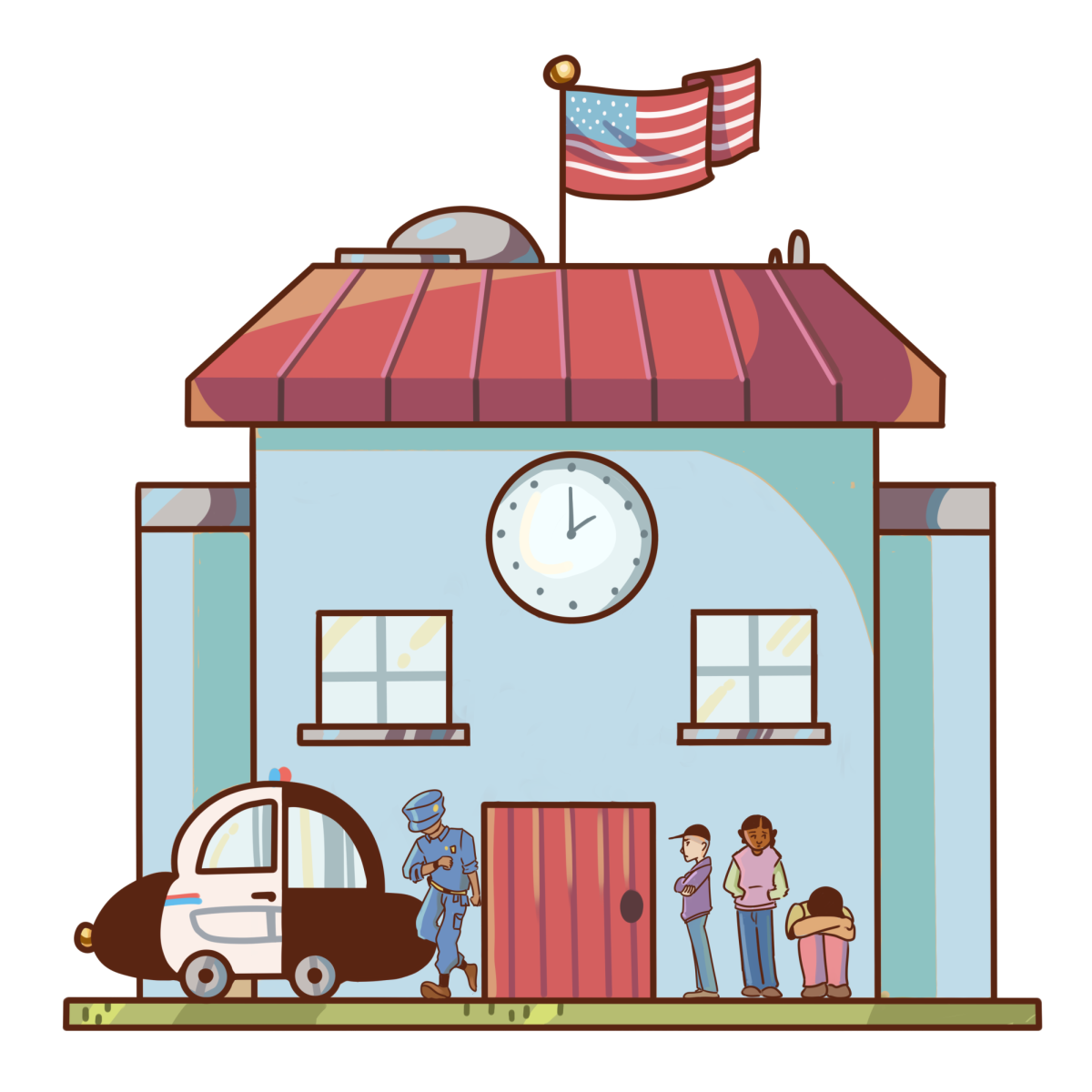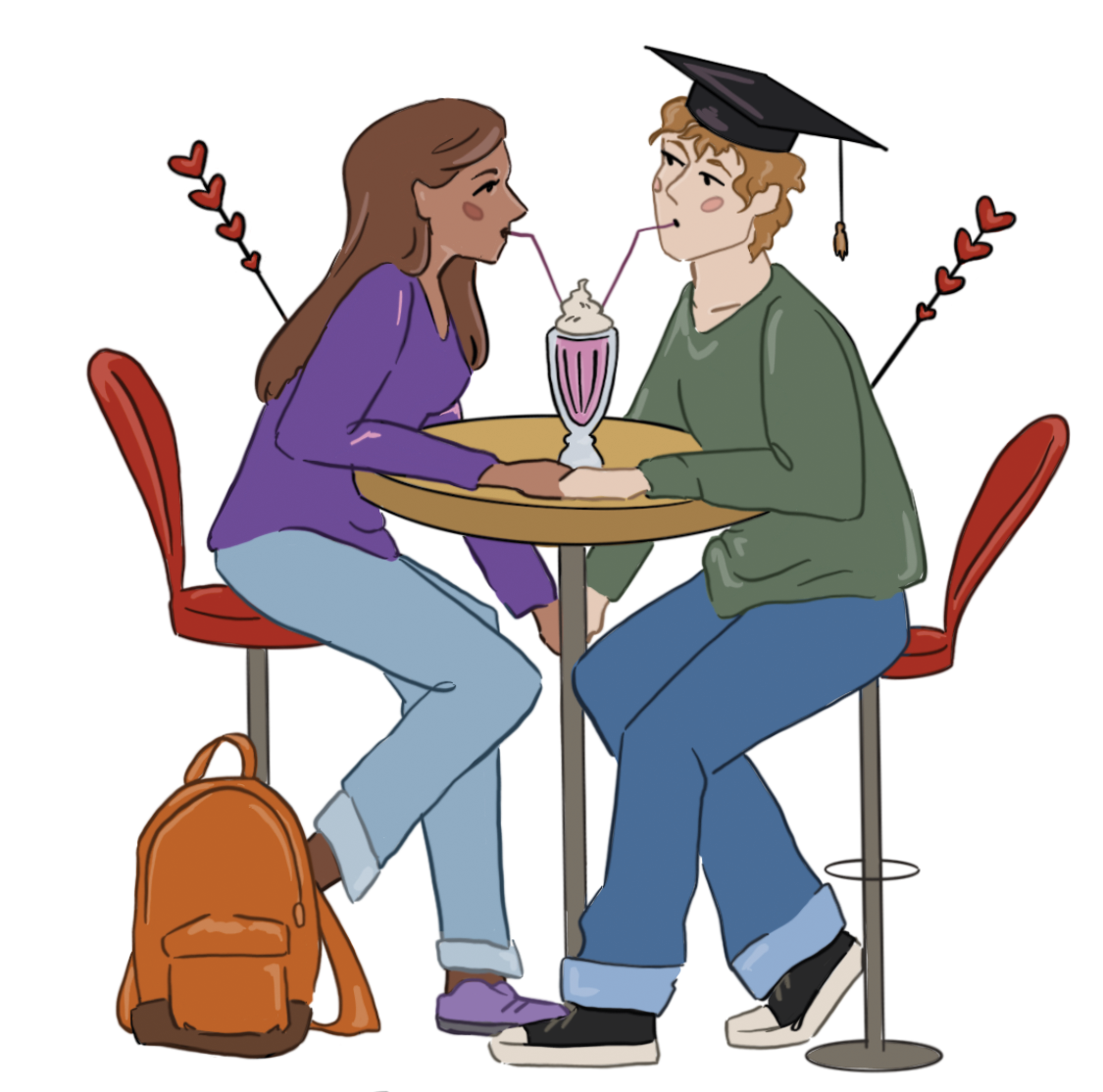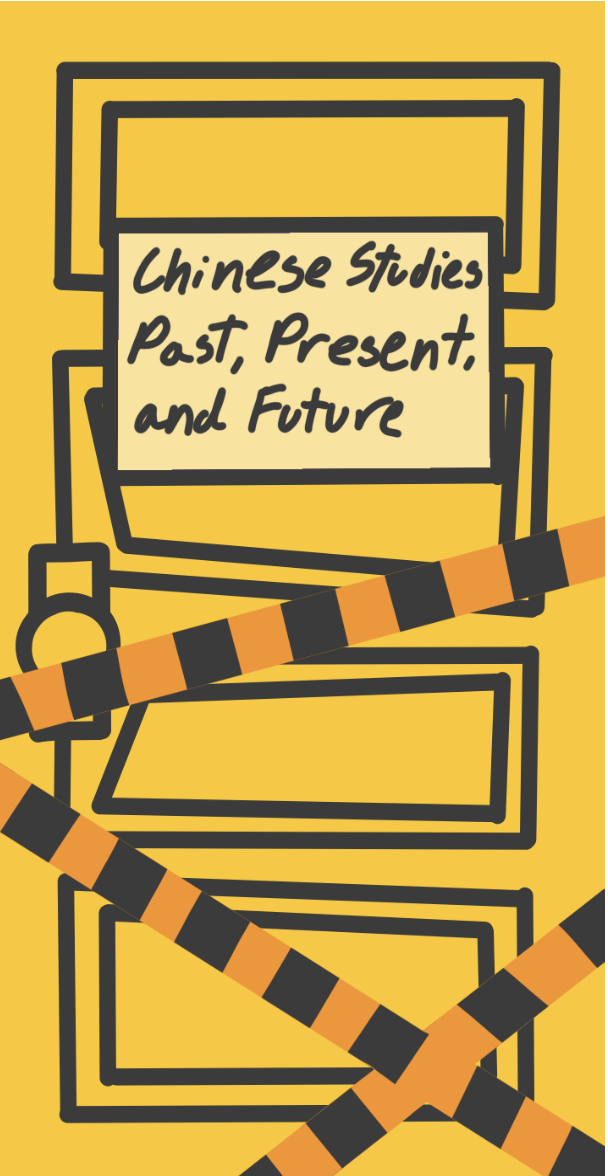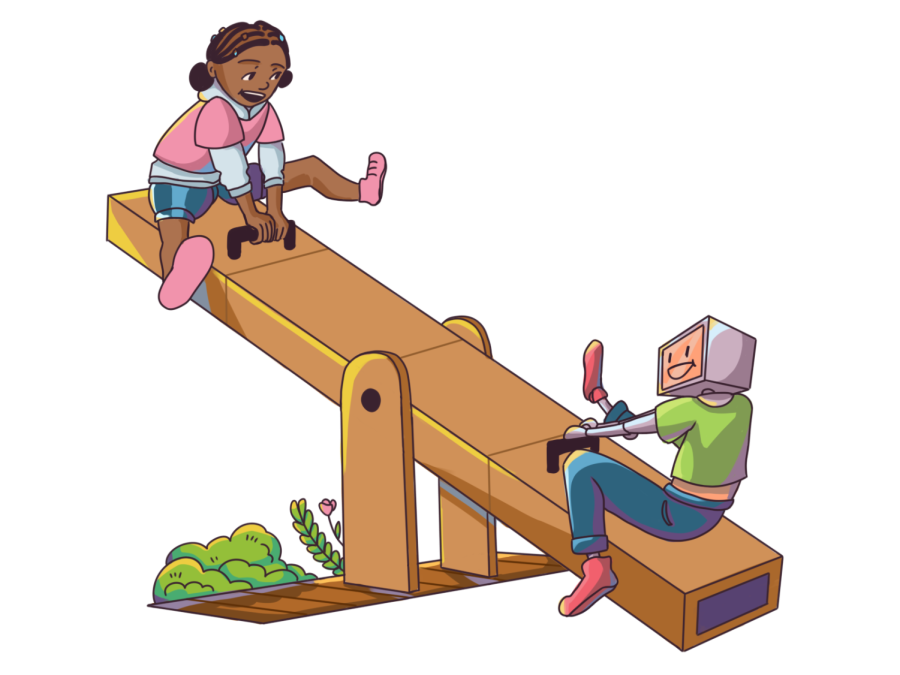When an unfamiliar vehicle pulled into his driveway, Jake Schroeder ’20 hurried to the window to watch as his father, a pulmonologist, stepped out onto the pavement, donning a hazmat suit. Schroeder’s father tossed a coronavirus test to the individual in the car, one of his patients, and called out a series of instructions. The patient then administered the test on himself by inserting a probe into his nasal canal and sealing the contaminated swab in a vial, before throwing the plastic kit back to Schroeder’s father.
Doctors administer coronavirus tests on patients while maintaining social distancing
Since the implementation of California Governor Gavin Newsom’s shelter-in-place order in mid-March, Schroeder’s father has been providing his patients with coronavirus tests if they exhibit symptoms of COVID-19. He brings the kits from his office to his house, where he meets patients once every few days.
“My dad doesn’t work at the hospital, but the craziest part is when patients come to our driveway so that my house is a ‘drive-through testing site,’” Schroeder said. “It’s so scary, but it’s for the benefit of the world, so it’s fine.”
After a patient leaves the driveway, Schroeder’s father disinfects himself in the garage and enters the house through the back door to shower. Although his father interacts with coronavirus patients semi-regularly, he is more concerned about his patients’ lives than his own, Schroeder said.
“He’s especially stressed because the coronavirus is a respiratory disease, but as long as he wears the correct gear and washes everything off, it’s okay,” Schroeder said. “I think the scariest part is more the threat of his patients dying, more so than him contracting the virus, because he’s super empathetic.”
While Schroeder’s father has been working primarily from home, other doctors who are still practicing in hospitals have been inundated with COVID-19 patients. In California, approximately 3,000 coronavirus patients are currently being treated in medical institutions, with 1,397 hospitalizations in Los Angeles County alone, according to Tableau Public.
High rate of infection due largely in part to asymptomatic carriers
Princeton University Assistant Professor of Ecology, Evolution and Public Affairs Jessica Metcalf said that the coronavirus poses an especially lethal threat compared to previous viruses, such as severe acute respiratory syndrome, or SARS, due to the high percentage of asymptomatic carriers.
“Asymptomatic transmission and very severe symptoms in a subset of people creates a deadly combination,” Metcalf said. “The 2003 SARS outbreak was associated with severe symptoms but little transmission without symptoms, so every infected person could be isolated without causing new cases, since they were easy to detect.”
Due to the highly contagious nature of the disease, doctors and nurses are forced to cope with the possibility of not only contracting the COVID-19 themselves, but also transferring the virus to their families. The crippling pressure has led to deteriorating mental health among front-line workers, Time Magazine reported. On April 26, NewYork-Presbyterian Allen Hospital emergency room doctor Lorna M. Breen committed suicide, sparking a nationwide outcry about the devastating psychological effects of the virus on healthcare professionals, according to the New York Times.
Frontline workers suffer from physical and mental health issues due to anxiety
Internist and Professor of Health Policy and Management at Johns Hopkins Bloomberg School of Health Albert Wu said that hundreds of doctors and nurses have likely contracted the virus and died due to frequent exposure to coronavirus patients. Though the death toll in hospitals is rising, Wu said that the number of front-line workers who have been psychologically impacted by the virus exceeds the number who have been infected with COVID-19.
“In some studies, [the number of psychological casualties to physical injuries] can be a factor of 40 to one,” Wu said. “People have certainly suffered quite a bit of distress, anxiety, fear and worry—in some cases, acute stress reactions and panic attacks, and in other cases, exacerbations of existing mental health conditions. The long term effects are yet to be determined, but historically we would expect a greater risk of burn-out and even post traumatic stress disorder.”
Josephine Amakye ’21 has observed firsthand the mental toll that the overburdened healthcare system takes on frontline workers. A licensed vocational nurse, Amakye’s sister practices in New York City, the epicenter of the viral outbreak, with 51,400 recorded hospitalizations, according to NYC Health.
“Initially, [my sister] was really scared [for her own life],” Amakye said. “The hospitals are super filled, and she’s working really long shifts. People are running around, and they are scared and panicked and stressed.”
Amakye said that the number of patients that her sister must care for is unprecedented.
“Everyone is demanding so much,” Amakye said. “The patients need care, and it’s not your normal 10 patients, but it’s 20. It’s like if you’re used to doing two hours of homework, but now you have four hours of homework you have to get done in the same amount of time.”
Students’ household routines change because of the pandemic
Ariana Azarbal ’22 said that her father, an interventional cardiologist at Cedars-Sinai Hospital, frequently operates on COVID-19 patients in a specialized coronavirus ward. At work, Azarbal’s father must wear a hazmat suit, which he immediately washes upon returning home each day. Having a medical professional within her family impacted her household, especially at the beginning of the outbreak, she said.
“At first, my little sister and my mom were really stressed out, but it shifted once my dad started going into the hospital,” Azarbal said. “He has to see people everyday that are really sick, so now he’s the huge stress case. He makes us take a bunch of precautions; [for example], he washes the fruit with dishwasher detergent.”
Though she was initially anxious about her father’s frequent encounters with the virus, Azarbal said that she is now considerably less stressed.
“At first, it was a bit scary to see my dad going to the hospital, but I think we’ve all gotten used to it,” Azarbal said. “My dad is the biggest germaphobe, so we know that he’s taking many precautions, and so we’re all more comfortable now.”
Diego Ahmad ’20 said that because his mother, an infectious disease doctor, has underlying health conditions, he has been particularly concerned about her safety. However, for the most part, Ahmad’s routine has not changed significantly throughout the quarantine, he said.
“It’s definitely a bit nerve-wracking,” Ahmad said. “[My mother] hasn’t social-distanced herself from us, which is honestly fine because she’s the most at-risk person in the house because she’s had heart problems in the past. Things at home are mostly normal, but it’s definitely still stressful and scary because we obviously don’t want her to get sick.”
Frontline workers continue to cope as states begin reopening
Ahmad said that his mother expressed distress regarding President Donald Trump’s inaction and ambivalence towards the spread of the virus. While the federal government struggles to provide hospitals with personal protective equipment, or PPE, the medical community suffers, Ahmad said.
“[My mother’s] general feeling is that she wishes that the response was more competent and that they had more available resources,” Ahmad said. “They have masks to try to keep the doctors safe, but as I understand it, they’re still short on them, so [the doctors and front-line workers] have to wear the same one all day, and they only get one new one per day.”
With states such as Texas, Wisconsin and Florida reopening to a limited capacity, the nation is now engulfed in a debate about the economic and health-related consequences of ending quarantine. Although Newsom announced May 12 that the stay-at-home order will likely be extended for another three months, Amakye said she noticed that students are still violating quarantine orders. She expressed frustration toward these individuals and said that social distancing has significantly alleviated the burden on both of her siblings and will ultimately contribute to the end of the pandemic.
“It makes me wonder: what is so miserable about staying at home and sacrificing for everyone else, especially medical workers?” Amakye said. “Even if you don’t care about yourself, you should care about other people who are risking their lives, like my siblings, who are working really hard. If everyone could do their part so that they have to deal with one less patient, that’s really appreciated.”










































